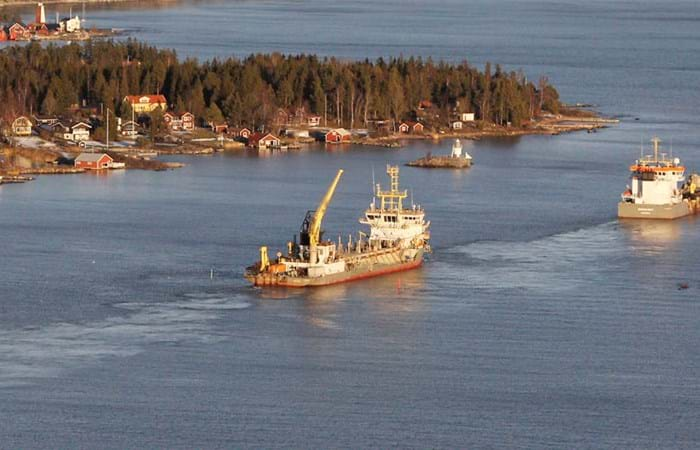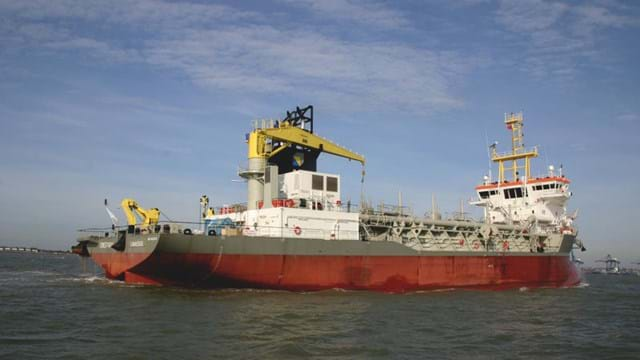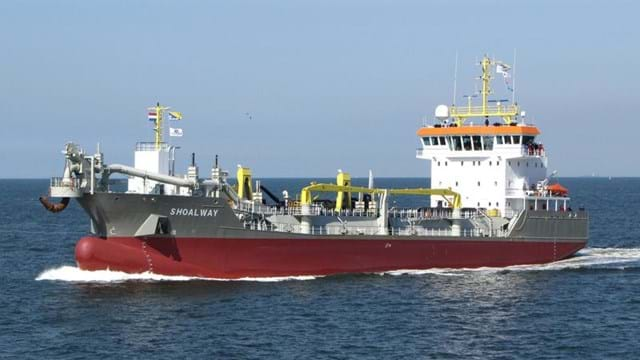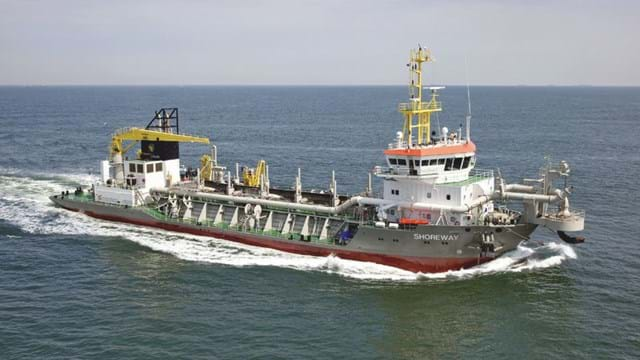The Port of Gävle is located on the east coast of Sweden in the Gulf of Bothnia, facilitating Swedish imports and exports. The client wished to improve maritime safety and accessibility, and to increase the throughput of goods in this harbor.
The Swedish Maritime Administration awarded Boskalis Sweden AB the contract to achieve these objectives by widening and deepening of the approach to the Port of Gävle and upgrading the navigation aids.
Project highlights
- Innovative lighthouse structures were designed, constructed and placed during the project.
- Up to ten vibration monitoring devices to log the actual vibrations during each and every of the underwater blasts made safe and efficient blasting close to 61 properties possible.
- Hydronamic was involved, together with the client, in establishing an extensive turbidity monitoring program to minimize the impact on the environment. Several thousand water samples were tested, none of which resulted in any interruptions to the works, mainly due to the use of the specially designed environmental grab, which reduces the release of suspended solids during the excavation of the seabed material and therefore limits the potential for the spread of any potentially contaminated material.
- 150 boulders > 5 m3 were dredged
- The harsh Baltic weather conditions forced us to interrupt the work on two occasions.
- 500,000 m3 of contaminated material was dredged and separated from the open environment carefully.
And last but not least: there were no major accidents during the project.



